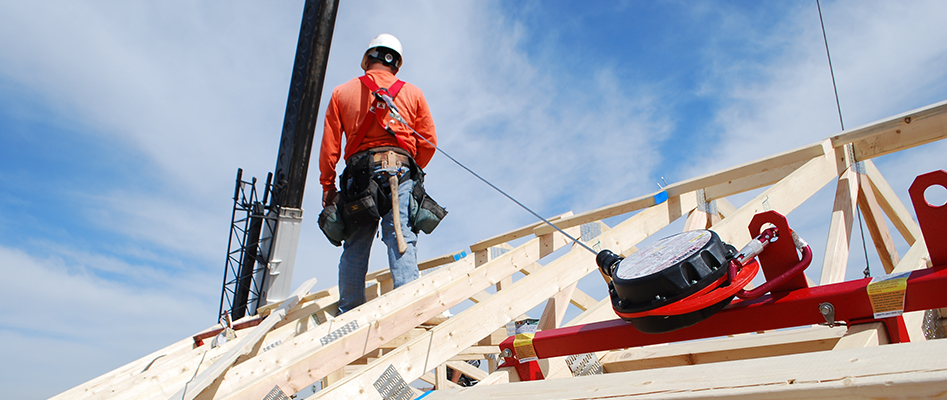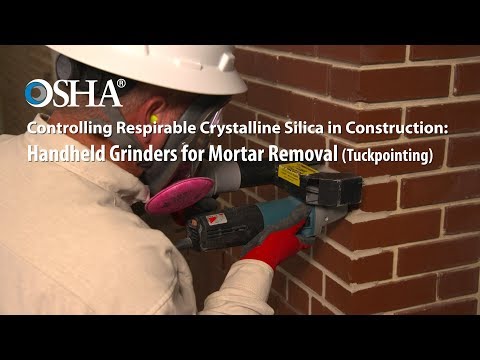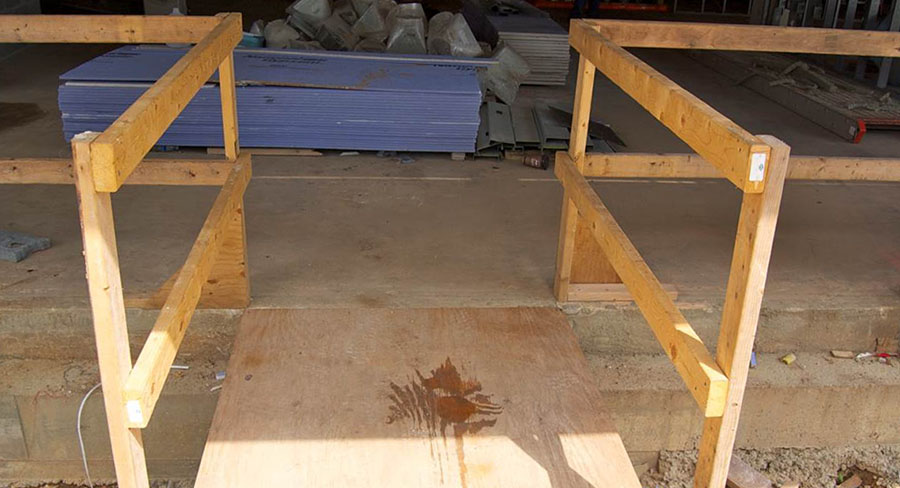You have the right to know about compounds or elements in building materials that may threaten your health. Cleveland Construction has developed a program to protect and teach you how to identify hazards and handle them in a safe manner.
This section is commonly called a hazardous communication program or HazCom program. Our program will inform you about each hazardous item on the jobsite, the dangers associated with these materials, how they affect your health, how to protect yourself against harmful effects, and how to treat yourself or others should someone become exposed to harmful materials objectives.
HazMat training objectives:
When you complete this training section, you will understand the details of your right to no hazardous communication program developed by the employer, including OSHA's hazard communication standard revision to align with the United Nations globally harmonized system of classification and labeling of chemicals GHS and published in the Federal Register March 2012.
Safety Data Sheet Binders keep critical info in one place
The location of the SDS binder and its contents and how to take appropriate action if hazardous exposure occurs. Manufacturers of construction products are required to identify the hazardous elements in their products so they can handle them when necessary. Two methods are used to communicate the hazardous elements to everyone on the jobsite. Informative warning labels are placed on the container in a published analytical report for each product, called a safety data sheet or simply called SDS, and are available on the job site.
The person giving you this training video will show you where the SDS binder is located on your job site. Every product brought to a construction site must be labeled for identification. The label must describe the hazards associated with the product, how to protect yourself against those hazards, and a course of action to be taken.
HazMat Labels
In addition to the harmful ingredients, labels on containers required by the Ocean Global Harmonization System must have harmonized signal words, pictograms, and hazard statements for each hazard class and category. OSHA designated nine pictograms under the GHS to convey the health, physical, and environmental hazards of each substance.
After June 1st, 2015, all substance labels must follow the OSHA revised hazard communication plan global harmonization system. In addition to the labels, the manufacturer is required to create a document that thoroughly analyzes every element in the product, how harmful the elements can affect your health, what is needed to protect yourself, and what to do when a person is exposed to the product.
The safety data sheet or SDS will be readily available for workers using harmful products. The SDS for products on a construction site can be found in the on-site offices of the general contractor and the contractor who brought the item to the job site. Inside the SDS, you will find details on all the hazardous chemicals on the jobsite.
SDS sheets will vary slightly in appearance but always contain 16 sections
- Section 1 includes the product identification
- Section 2 includes hazard identification
- Section 3 identifies the composition and information on the ingredients
- Section 4 includes the recommended first-aid measures
- Section 5 includes firefighting measures
- Section 6 includes accidental release measures
- Section 7 identifies the proper handling and storage
- Section 8 includes exposure control and personal protection
- Section 9 includes physical and chemical properties
- Section 10 identified stability and reactivity
- Section 11 Toxicological information
- Section 12 Ecological information
- Section 13 Disposal Consideration
- Section 14 Transport in a nation
- Section 15 regulatory information
- Section 16 is other information, including the state of preparation or the last revision
Sections 12 to 16 may be included in the SDS, but they are not required by OSHA. Sections 1 & 2 identify the substance and hazards associated with the product composition, and information on the ingredient is contained in section 3. Sections 4 through 6 cover first-aid, firefighting, and accidental release measures.
Sections 7 & 8 identify the proper handling and storage of chemicals and include exposure and control measures of chemicals. The information on the SDS will remain essentially the same as required in the previous hazard communication standard for material safety data sheets (MSDS). The previous hazard communication standard dictated the content of the SDS but did not specify its format. The GHS revisions require that information be in a specified sequence. The SDS is always available for your review if you should have any questions regarding your protection treatments or any other concerns.
You are your biggest safety advocate
Remember to pay attention to the materials that you encounter for strange odors and unusual reactions to your skin or your mouth, nasal or respiratory irritation, the feeling of light-headedness or dizziness, headaches, stomachaches, and loss of consciousness. Hazards can cause many side effects and even produce unconsciousness or death if exposure occurs.
If you are exposed to the harmful effects of any product on a construction site, you should contact your supervisor immediately and request a copy of the SDS. Let's do a quick review of this lesson.
You can prevent and respond to exposure to hazardous materials by reading labels and knowing the proper handling, cleanup, and disposal of various materials. You should also wear the proper personal protective equipment. Evacuate and ventilate any affected areas to reduce hazardous levels of the contaminant
Immediately report the incident to your supervisor. Determining proper treatment, including first aid and professional medical assistance, can be found on the product labels or the safety data sheets located in the job site trailer.
Read the label so you know what you're handling. Share this information with co-workers and other subcontractors in the affected work area; it's not just your right to know; it's your responsibility to know.











